Rising Incidence of Cardiac Diseases
The Cardiac Patch Monitor Market is significantly influenced by the rising incidence of cardiac diseases worldwide. As cardiovascular conditions become more prevalent, the demand for effective monitoring solutions is escalating. According to recent statistics, cardiovascular diseases account for nearly 31% of all global deaths, underscoring the urgent need for innovative monitoring technologies. This alarming trend is driving healthcare providers to seek out advanced solutions, such as cardiac patches, that offer continuous monitoring capabilities. Consequently, the market is expected to expand as healthcare systems prioritize early detection and management of cardiac conditions, thereby enhancing patient outcomes.
Increased Focus on Preventive Healthcare
The Cardiac Patch Monitor Market is also witnessing a heightened focus on preventive healthcare measures. As healthcare stakeholders recognize the importance of early detection and intervention, the demand for continuous monitoring solutions is on the rise. Cardiac patches, which facilitate proactive health management, are becoming integral to preventive strategies. This shift is reflected in the increasing investments in health technology aimed at reducing the burden of chronic diseases. Market analysts project that the preventive healthcare segment will account for a substantial share of the cardiac monitoring market, as more individuals seek to monitor their heart health proactively.
Growing Acceptance of Telehealth Solutions
The Cardiac Patch Monitor Market is benefiting from the growing acceptance of telehealth solutions among patients and healthcare providers. As healthcare systems increasingly adopt remote monitoring technologies, cardiac patches are becoming a preferred choice for managing patients with chronic conditions. This shift is largely attributed to the convenience and accessibility that telehealth offers, allowing patients to receive care from the comfort of their homes. Recent surveys indicate that over 70% of patients express a preference for remote monitoring options, which is likely to drive the adoption of cardiac patches. This trend suggests a promising future for the market, as more healthcare providers integrate telehealth into their service offerings.
Technological Innovations in Cardiac Monitoring
The Cardiac Patch Monitor Market is experiencing a surge in technological innovations that enhance the functionality and usability of cardiac monitoring devices. Advanced sensors and algorithms are being integrated into these patches, allowing for real-time data collection and analysis. This evolution is not merely incremental; it represents a paradigm shift in how cardiac health is monitored. For instance, the incorporation of artificial intelligence and machine learning is enabling predictive analytics, which could potentially identify arrhythmias before they become critical. As a result, the market is projected to grow at a compound annual growth rate of approximately 12% over the next five years, reflecting the increasing reliance on technology in healthcare.
Regulatory Support for Innovative Medical Devices
The Cardiac Patch Monitor Market is experiencing favorable regulatory support that encourages the development and adoption of innovative medical devices. Regulatory bodies are increasingly streamlining the approval processes for cardiac monitoring technologies, which is likely to expedite the introduction of new products into the market. This supportive environment fosters innovation, allowing manufacturers to bring advanced cardiac patches to healthcare providers more efficiently. As a result, the market is poised for growth, with new entrants and established companies alike capitalizing on the opportunities presented by a more favorable regulatory landscape.


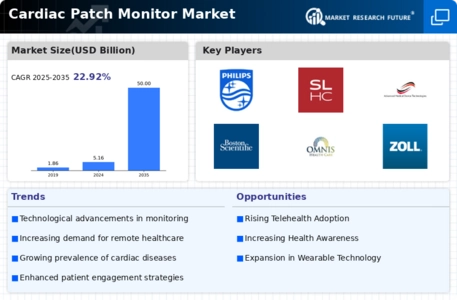
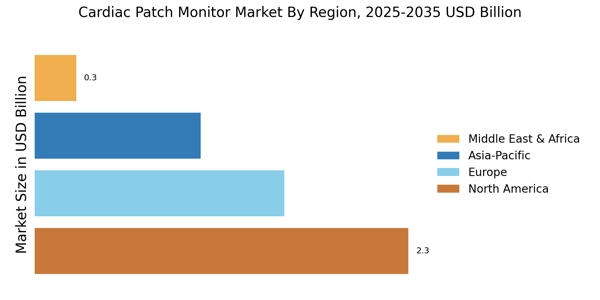
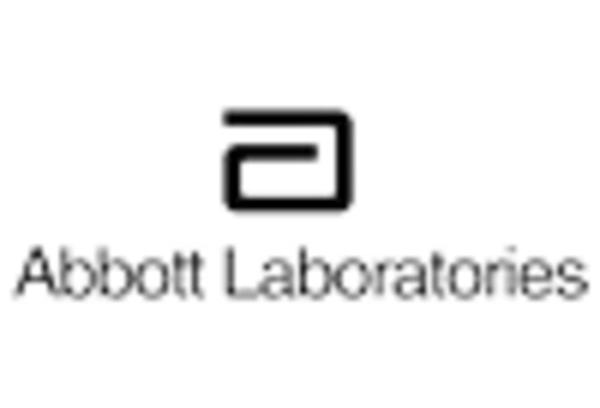
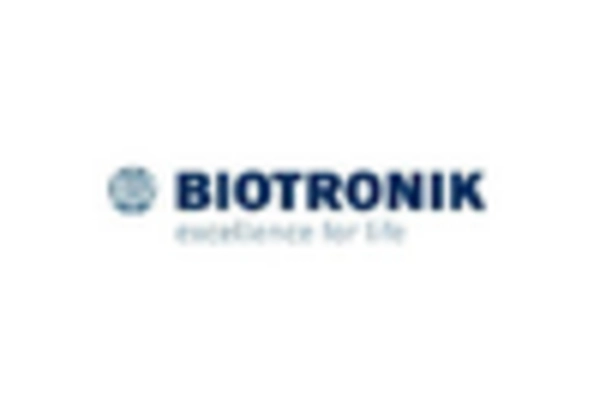



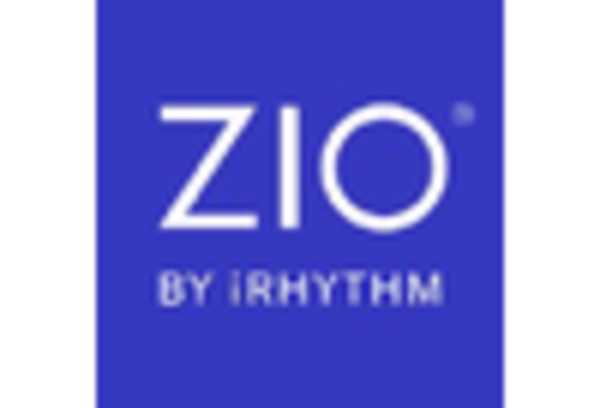








Leave a Comment